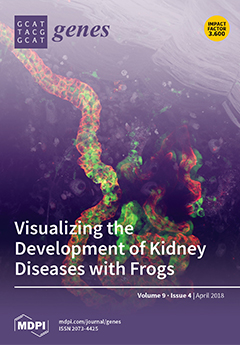Isolating and characterizing mutants with altered senescence phenotypes is one of the ways to understand the molecular basis of leaf aging. Using ethyl methane sulfonate mutagenesis, a new rice (
Oryza sativa) mutant, brown midrib leaf (
bml), was isolated from
[...] Read more.
Isolating and characterizing mutants with altered senescence phenotypes is one of the ways to understand the molecular basis of leaf aging. Using ethyl methane sulfonate mutagenesis, a new rice (
Oryza sativa) mutant, brown midrib leaf (
bml), was isolated from the
indica cultivar ‘Zhenong34’. The
bml mutants had brown midribs in their leaves and initiated senescence prematurely, at the onset of heading. The mutants had abnormal cells with degraded chloroplasts and contained less chlorophyll compared to the wild type (WT). The
bml mutant showed excessive accumulation of reactive oxygen species (ROS), increased activities of superoxide dismutase, catalase, and malondialdehyde, upregulation of senescence-induced STAY-GREEN genes and senescence-related transcription factors, and down regulation of photosynthesis-related genes. The levels of abscisic acid (ABA) and jasmonic acid (JA) were increased in
bml with the upregulation of some ABA and JA biosynthetic genes. In pathogen response,
bml demonstrated higher resistance against
Xanthomonas oryzae pv.
oryzae and upregulation of four pathogenesis-related genes compared to the WT. A genetic study confirmed that the
bml trait was caused by a single recessive nuclear gene (
BML). A map-based cloning using insertion/deletion markers confirmed that
BML was located in the 57.32kb interval between the
L5IS7 and
L5IS11 markers on the short arm of chromosome 5. A sequence analysis of the candidate region identified a 1 bp substitution (G to A) in the 5′-UTR (+98) of
bml.
BML is a candidate gene associated with leaf senescence, ROS regulation, and disease response, also involved in hormone signaling in rice. Therefore, this gene might be useful in marker-assisted backcrossing/gene editing to improve rice cultivars.
Full article






